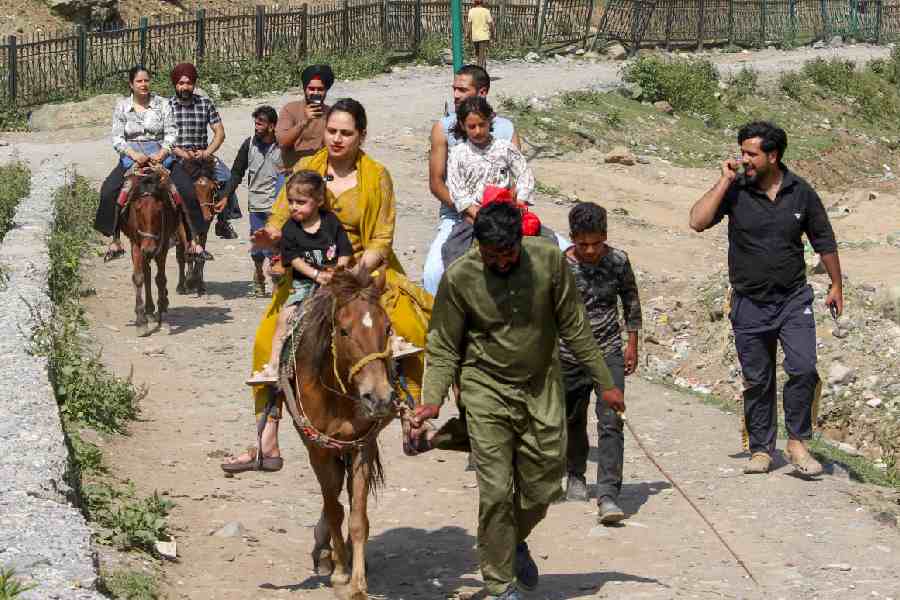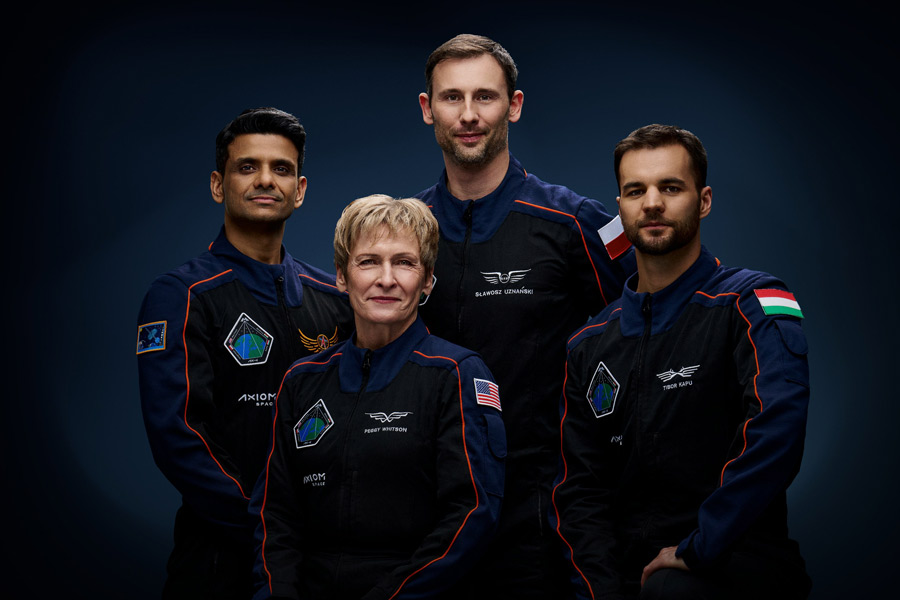|
|
The Indian Museum, which is all set to celebrate its 200th anniversary, has a prodigious collection, most of which is not visible. Even the spectacular gateway and railings from the Bharhut Stupa in Madhya Pradesh, which should have occupied pride of place here, just as the Elgin Marbles do in the British Museum, are often missed by visitors as the entrance is hardly visible.
After 11 precious years and what must have been an uphill task, the museum has mounted a three-day exhibition (December 1-4) in the Asutosh Birth Centenary Hall on 100 minuscule Ganesh images made of a variety of material from brass, bronze and wood to porcelain and crystal gifted by the late actor and art connoisseur, Vasant Chowdhury, in 2000. They are from all over India and and also from Nepal, and while some go back in time to the 1st century, 3rd century (both from Chandraketugarh) and 10th century (from Kashmir), there are some from the 20th century as well. Stylistically too the images are quite varied. While some made by the tribal and folk artists of Madhya Pradesh are composed almost entirely of straight lines that bear no trace of the paunch which has become the deity’s trademark and gave him his name, Lambodara, others that originated from South India and Chandraketugarh in Bengal bear traces of a sophisticated vision.
Chowdhury had collected these images lovingly over a period of four decades and it was a learning experience for him. One does not need to be an art historian to be delighted with the myriad forms Ganesh had taken — two to eight-armed, dancing or meditating — each signifying a certain aspect of the seemingly benign god. In the beginning, he belonged to Shiv’s cohort, later emerging as the “guardian” of thresholds, and carried fierce weapons. Here, Ganesh is accompanied by Tara and Saraswati in a 9th-century statuette from Nalanda; with Sakti in three icons from Kerala, Himachal Pradesh and Gujarat; with a large ‘halo’ behind him like the hood of a snake; being suckled by Parvati in a terracotta image from 19th-century Bengal; sitting at the feet of Shiv and Parvati, both ensconced in a throne, in another tiny piece from South India; as two elephant toy carts from Chandraketugarh and as part of a small brass ritual tray from eastern India. The ten-armed yogi Ganesh is from 17th-century Thailand. The workmanship is of a uniformly high quality and the detailing is a pleasure to behold.
In the absence of a readily available catalogue, the labels should have added some more interesting facts about individual icons, particularly something as unusual as the one showing Vignantaka trampling Ganesh from 17th-century Nepal.












